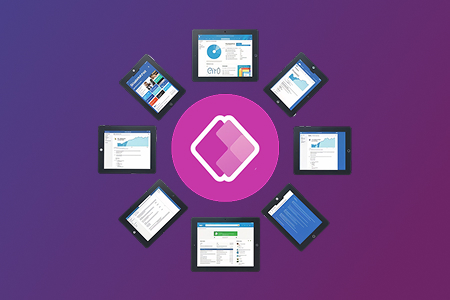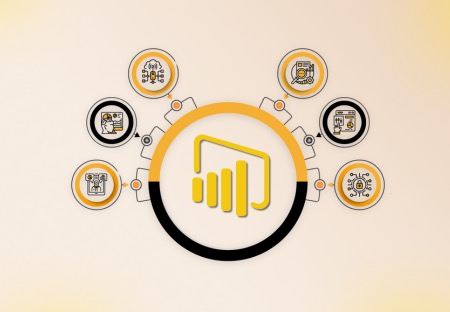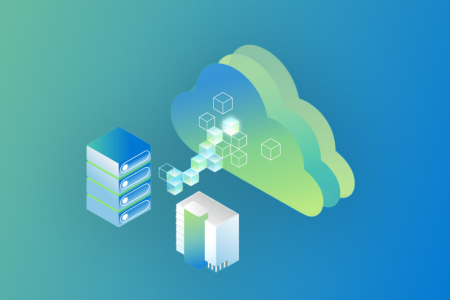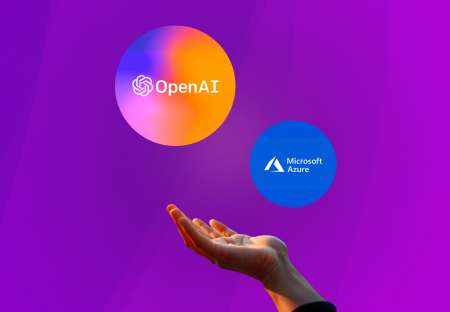Cybersecurity Frameworks, a set of guidelines and best practices, are instrumental in managing an organization’s IT security architecture. Based on prior experience, one can either generalize or custom-build cybersecurity frameworks.
Cybersecurity frameworks provide organizations with a systematic approach to managing and reducing cybersecurity risk. They help organizations identify, assess, and manage cybersecurity risks while enabling continuous monitoring and improvement of cybersecurity practices. Some of the popular cybersecurity frameworks include NIST Cybersecurity Framework, CIS Controls, ISO/IEC 27001, and COBIT.
Here is an overview of some general cybersecurity frameworks, as well as a guide on how organizations can design their framework based on prior collective experience.
Understanding Cybersecurity Frameworks
An organization’s security architecture is comprehensively guided by cybersecurity frameworks and they delineate a set of best practices to be followed in specific circumstances. Additionally, these documents carry response strategies for significant incidents like breaches, system failures, and compromises.
A framework is important because it helps standardize service delivery across various companies over time and familiarizes terminologies, procedures, and protocols within an organization or across the industry.
Further, for government agencies and regulatory bodies, cybersecurity frameworks help to set up regulatory guidelines.
Why are Cybersecurity Frameworks Necessary?
Newly emerging cyber threats, such as deep fake technology, pose a growing concern. Deep fakes use artificial intelligence to mimic real-life credentials, such as facial recognition or voice recognition. Europol reported that cybercriminals could use deep fakes to generate videos of CEOs asking for money or investments in CEO fraud schemes.
Cloud-based cyber attacks are becoming increasingly prevalent. Cloudflare highlighted an attack on a “crypto launchpad” in 2022 using 5000 botnets and a record-breaking 15 million requests per second.
Another growing threat is the compromise of IoT devices. Hackers can exploit vulnerabilities in these devices because they are often built with rudimentary operating systems and lack security features. They also often require email-based logins, making it easy for hackers to steal sensitive information, such as bank passwords, exploit password reset mechanisms, and access personal files.
Finally, the new generation of digital technology, such as 5G networks, brings new security risks. 5G networks use slicing to create multiple networks within the physical network, increasing the attack surface. This could result in the exploitation of unsecured endpoints and IoT devices, leading to significant losses.
General Cybersecurity Frameworks
1. NIST
The National Institute of Standards and Technology, a federal agency of the US Department of Commerce, designed the NIST Cybersecurity Framework. The framework has five pillars, namely,
- Identify systems, people, assets, data, and capabilities
- Protect critical services and channels
- Develop strategies to identify cybersecurity incidents.
- Develop methods to deal with detected cybersecurity threats
- Recover and restore capabilities affected after an incident
Several governments worldwide actively use the NIST Cybersecurity Framework, even though adoption is voluntary. It is one of the most widely adopted cybersecurity frameworks in the world.
2. CIS
The Center for Internet Security designed the CIS Cybersecurity Framework, which had 20 actionable points. These points can be classified into three groups,
- Identifying the security environments
- Protect assets with foundational controls.
- Develop a security culture with organizational control.
3. ISO/IEC
The International Organization for Standardization (ISO) and International Electrotechnical Commission (IEC) designed the ISO/IEC framework to provide security to sensitive information and critical assets.
Customized Cybersecurity Frameworks
Every organization faces a unique set of challenges in cybersecurity. Generalized frameworks provide a baseline and would work most of the time but would not address unique situations and challenges. A customized framework would adequately address the organization’s risk profile, business objectives, market positioning, and technology landscape in which the organization operates.
Therefore, a repository of guidelines is needed before starting any work.
A customized repository can be first created based on past challenges and needs. If a business is new, it can learn about similar challenges through diligent research.
How to Design a Custom Cybersecurity Framework?
Based on the general cybersecurity frameworks discussed above, you can first prepare a skeleton framework and then customize it according to organization-specific requirements. Finally, it has to be regularly updated with the latest evolving threats and security incidents faced by similar organizations.
Steps to Build up a custom framework
- Assess the organization’s current security needs. Doing a SWOT analysis would be a great start. Internal Strengths and Weaknesses, as well as external ideas and Opportunities to develop capabilities, would be very helpful. Finally, identify Threats that have the most significance based on public and organization-specific data.
- Identify critical assets and information which can impair operations in case they are affected.
- Determine the risk profile of the organization. For example, a high-risk organization would be a Financial Lending service since they operate on borrowed money and would require to undergo severe investigation before they can claim insurance. Similarly, a relatively low-risk organization would be an online news agency because the website data is backed up almost daily.
- Develop a risk management protocol. The assets which are critical need to be backed up over several locations with servers spread in distant geographies. Further, sensitive information like customer data would have to be encrypted several times to ensure that any attempt at data breach yields no result for the attacker.
- Defining the framework’s architecture and dependencies. These are the tools that are used to counter an attack and restore system functionality. These are the tools like data repositories, CRM backups, data delivery systems, alternate servers, multi-cloud services, etc.
- Implementing the framework is the most essential part of the entire exercise. Implementation should not impair current workflows or should require major adjustments. Finally, cross-checking the implementation with simulated attacks is critical in ensuring security. Several security gaps are identified only in a real-world environment.
- Continuously Monitor and Improvise the framework based on the latest data, security methodologies, critical information, and incident reports. Several magazines and blogs continually post the latest security developments, strategies, and frameworks.
Can we help?
It becomes challenging, if not difficult, for several companies which have smaller teams to carry out the entire Cybersecurity Framework creation exercise. Further, there is always a need for external expertise to provide an alternative view of existing problems.
Metaorange Digital can help you design cybersecurity frameworks with the latest security components, tools, and innovative strategies. A 15-minute discovery call can help you identify hidden weaknesses in your systems and eliminate them permanently.
Conclusion
Cybersecurity frameworks act as a knowledge repository to deal with the problems of the future. They can help you secure critical assets, deploy suitable countermeasures, and restore system capabilities at the earliest.
General frameworks can act as guidance for creating custom-made cybersecurity frameworks which are best capable of dealing with organization-specific threats. Further, a cybersecurity framework is only as effective as its implementation.
Finally, a security framework must be constantly evolving to counter new evolving threats in the business landscape.
Learn More: Cloud Transformation Services Of Metaorange Digital










